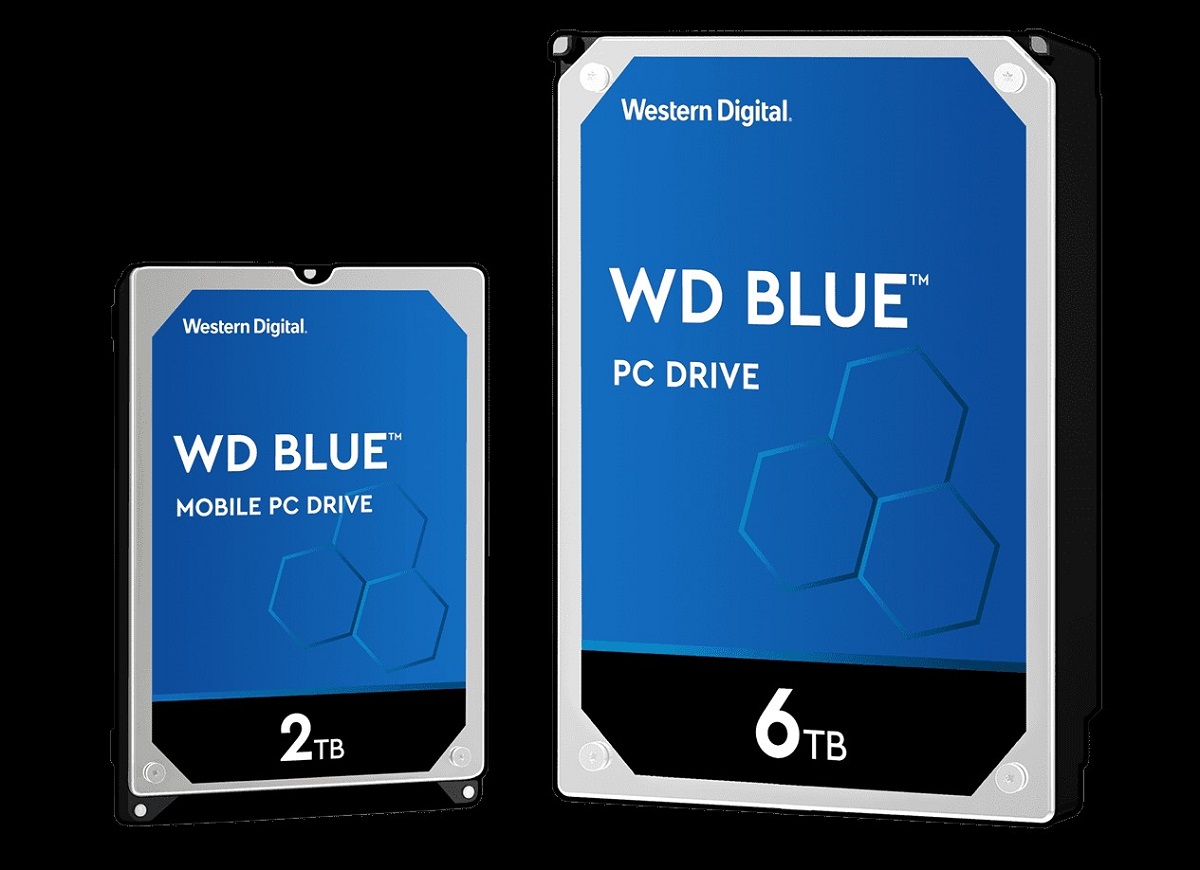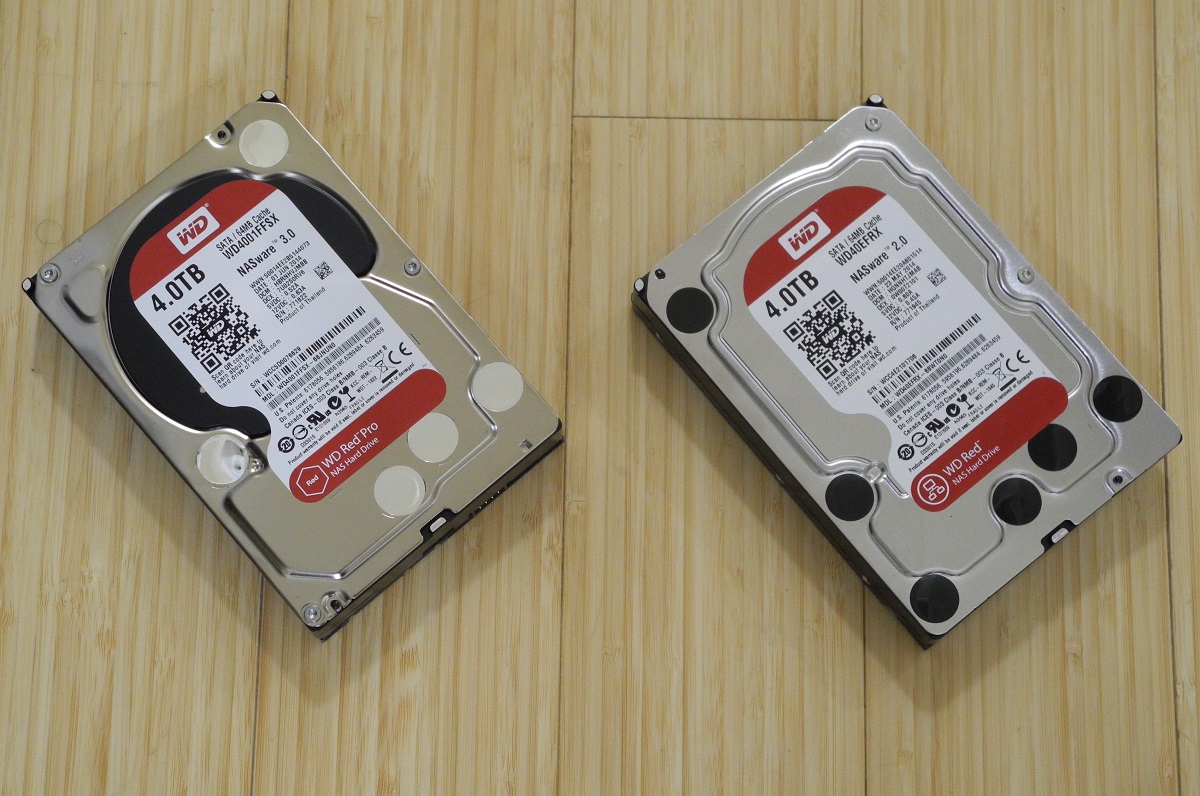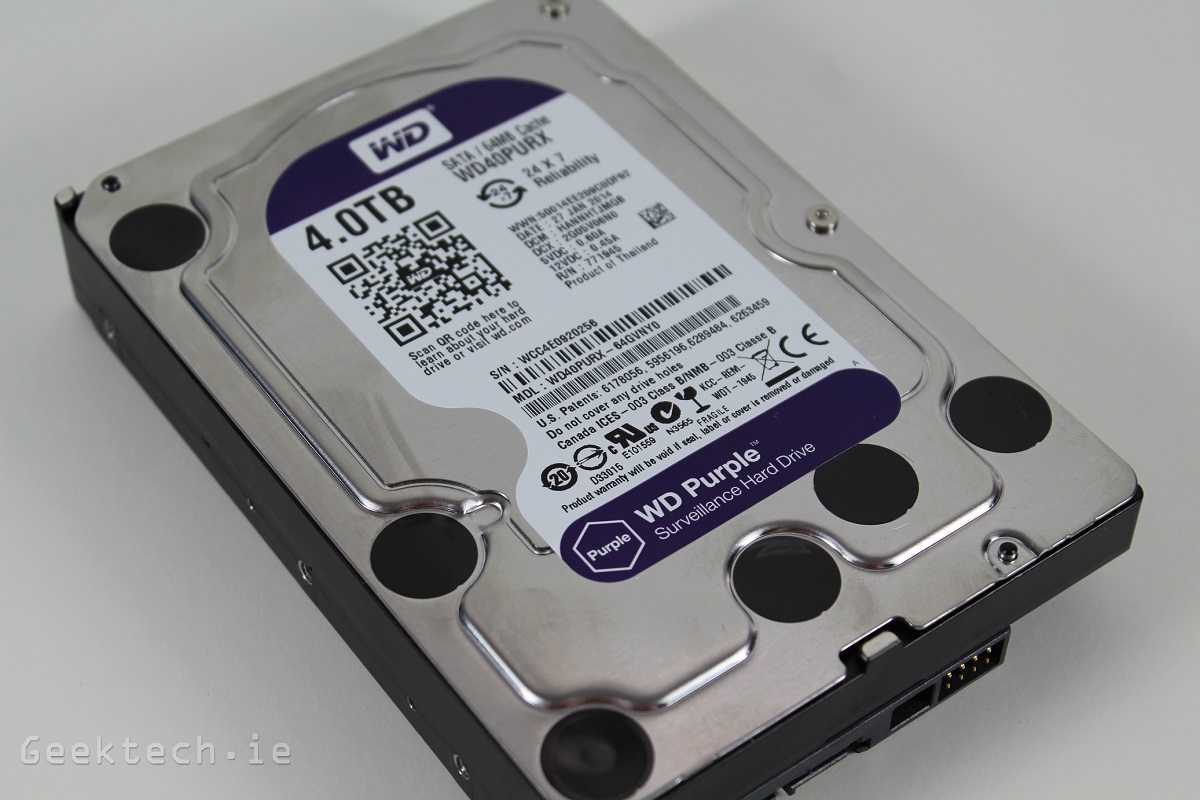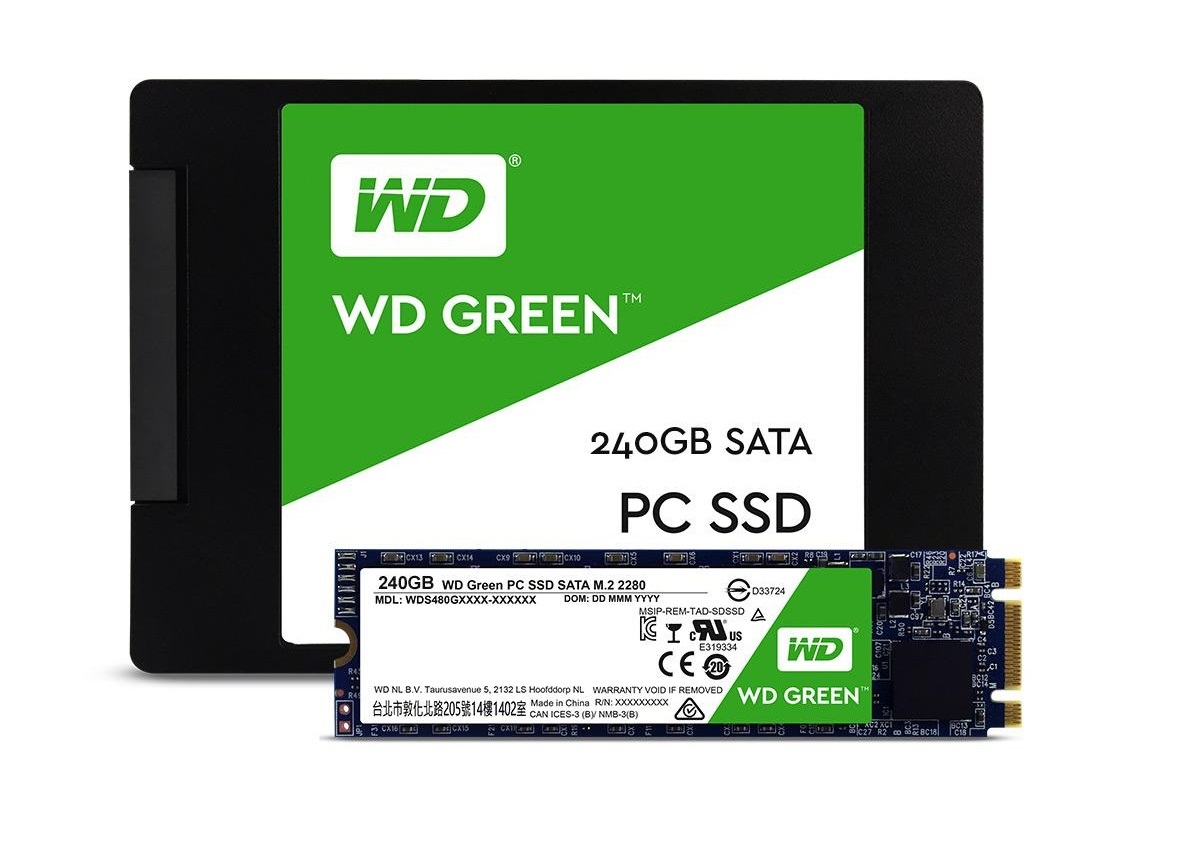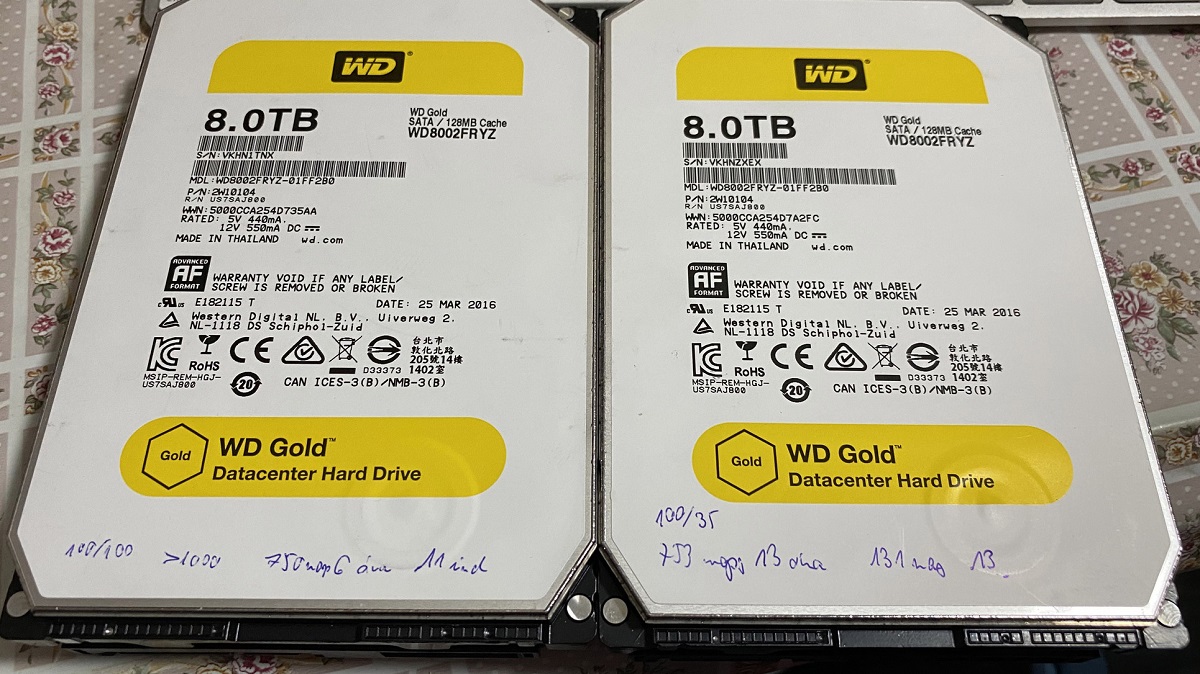Related Article: 5 hard drives optimized for your NAS device
1. WD Black
These are expensive high-performance drives. WD Black’s intended application is inside of your system, inside of your workstation, gaming PC or anywhere you need high-performance storage. WD uses the word creative professionals to describe the intended users. This essentially means anyone who is beating the hell out of a drive, not physically, but in a productivity kind of way. Like offloading a bunch of videos and then editing in a fast and speedy behavior. Read More: WD Black Performance Desktop Hard Drive
2. WD Blue
This is one is kind of interesting. I remember WD Blue sort of being like the de facto standard internal hard drive for a very long time. The newer WD Blue comes with a built-in SSD, it’s kind of a hybrid. This is going to give you enhanced speed on regularly accessed stuff. They are general purpose all-rounders. But they are intended for average users who are a little bit less intense. Read More: WD Blue vs. Black vs. Green Hard Drive Comparison – What’s the Difference?
3. WD Red
These are optimized for network-attached storage (NAS) as the intended use case. You attach this drive to your NAS system and it allows you to access data locally on the network, as well as share it with other people. You can also access that data not just locally, but also via the web. Also, they support raid configurations. The Red family excels more in the read operations than write operations. Exactly what is expected for NAS storage, because data is stored on a network and multiple users will connect at the same time to read it. WD Red has two versions; WD Red Pro and WD Red Standard. Related Article: NAS vs External Drive: What’s Best For You?
4. WD Purple
WD Purple drives are intended for use in 24/7 surveillance systems that are constantly writing video, running 24 hours a day. This is a fairly hefty request for a drive to be operating like that. On the front, it says “24/7 reliability”, Intended for everything up to HD video. WD Purple has high write speeds which is the opposite of WD Red. Also, these have the all frame technology which ensures minimal errors in video storage. Read More: WD Purple Surveillance Hard Drive
5. WD Green
These are eco-friendly and cheapest Western Digital drives. WD Green is more power-efficient than WD Blue but falls short on performance. This power-saving difference is insignificant. Western Digital stopped making WD Green, nowadays they make SATA and M.2 SSDs under the Green family. Related Article: How to install an M.2 SSD drive in a laptop
6. WD Gold
These Gold family drives are optimized for enterprise solutions in data centers. They are of the highest quality, most expensive and most sophisticated Western Digital drives. They are rated at 550TB annual data with 2 million hours mean time between failure. These are server-grade hard drives. They have additional features like StableTrac, Multi-axis shock sensor, and Dynamic fly height technology. Read More: How Magnetic HDDs still beat SSD hard drives You now know more about hard drives than you did 5 minutes ago, right? We expect to have enlightened you enough to make a sound informed decision during your next hard drive purchase.


